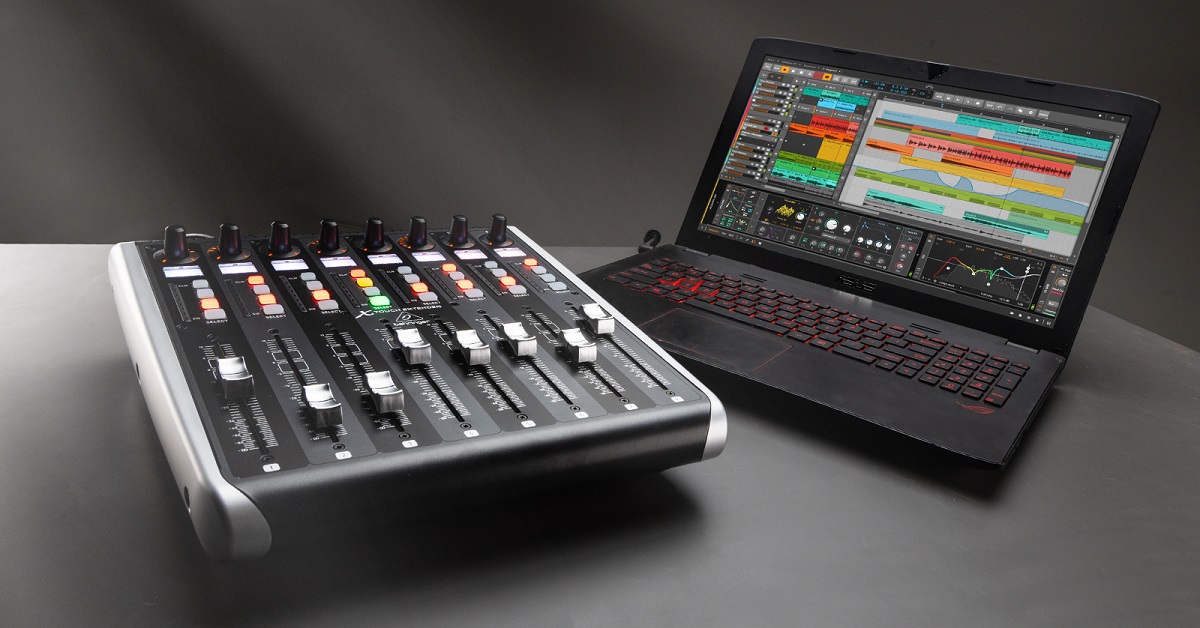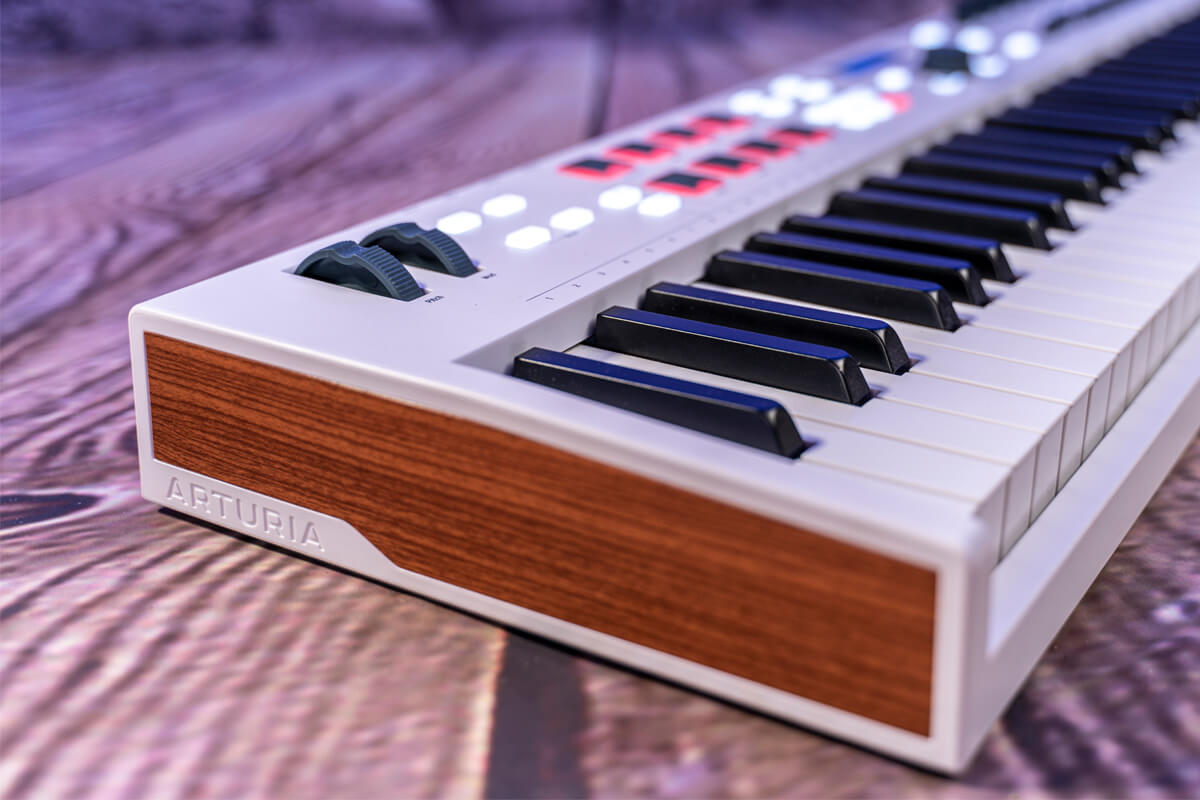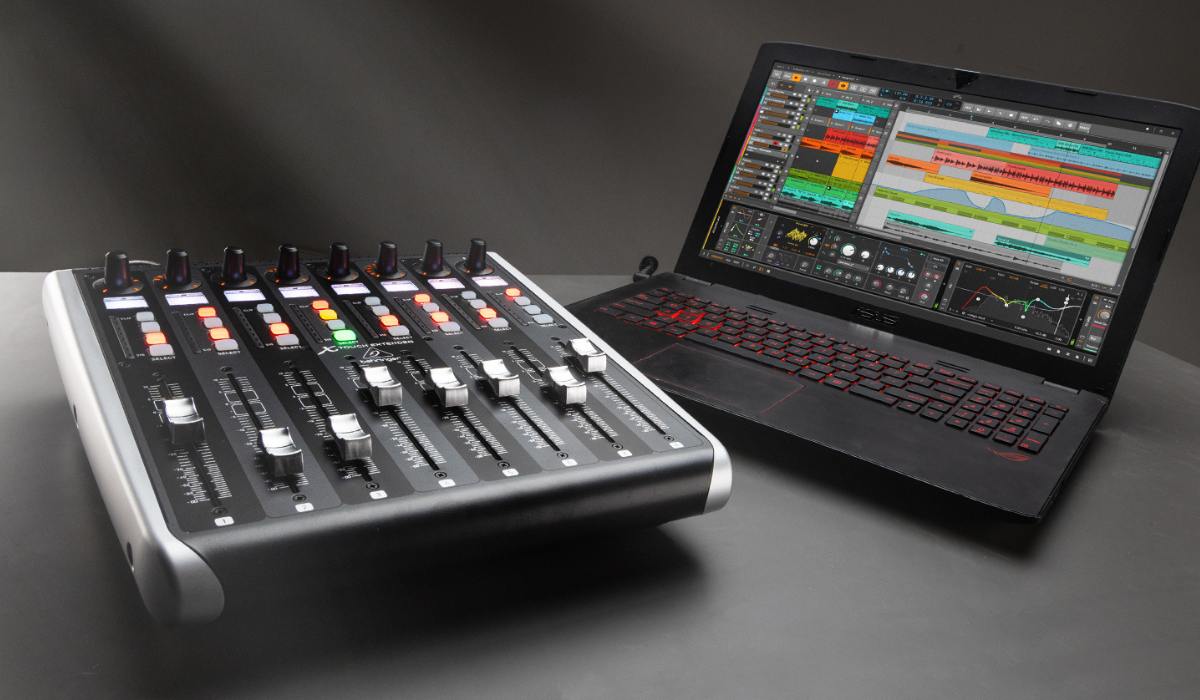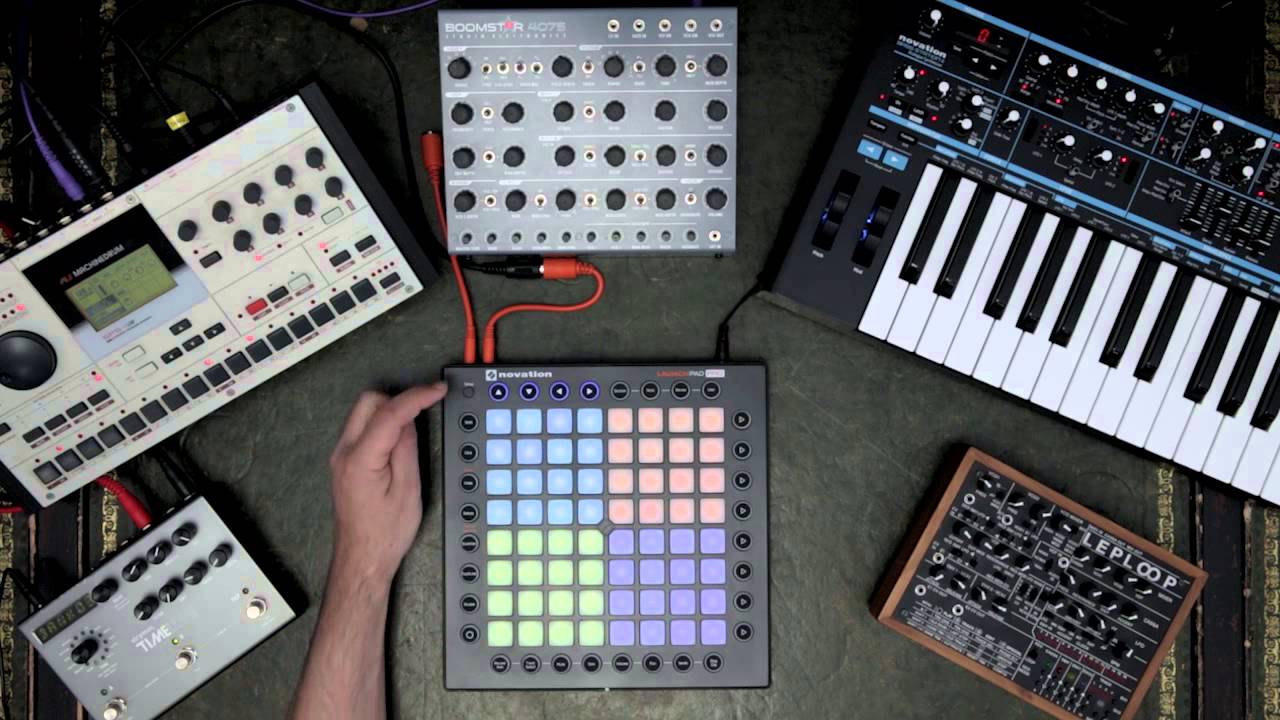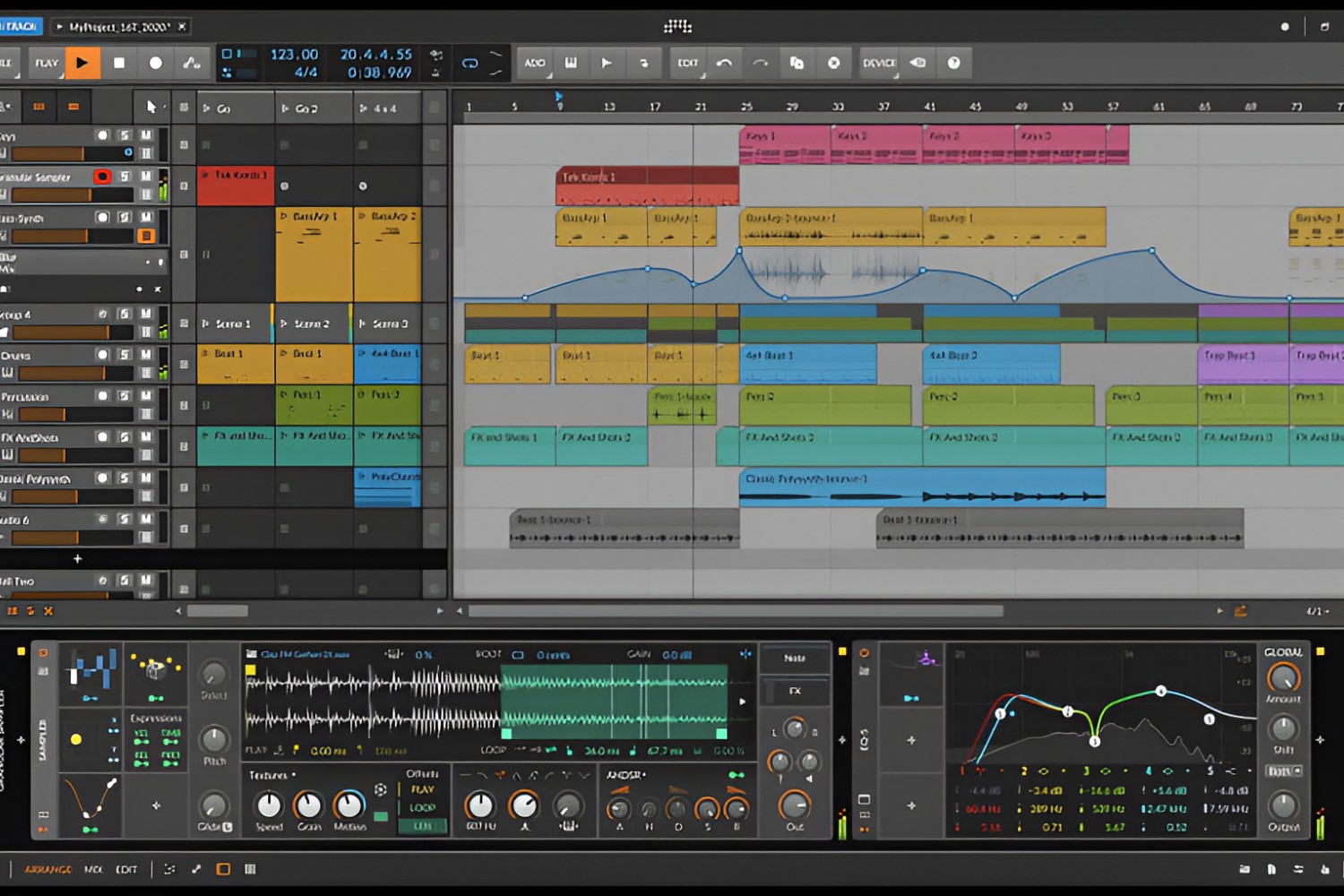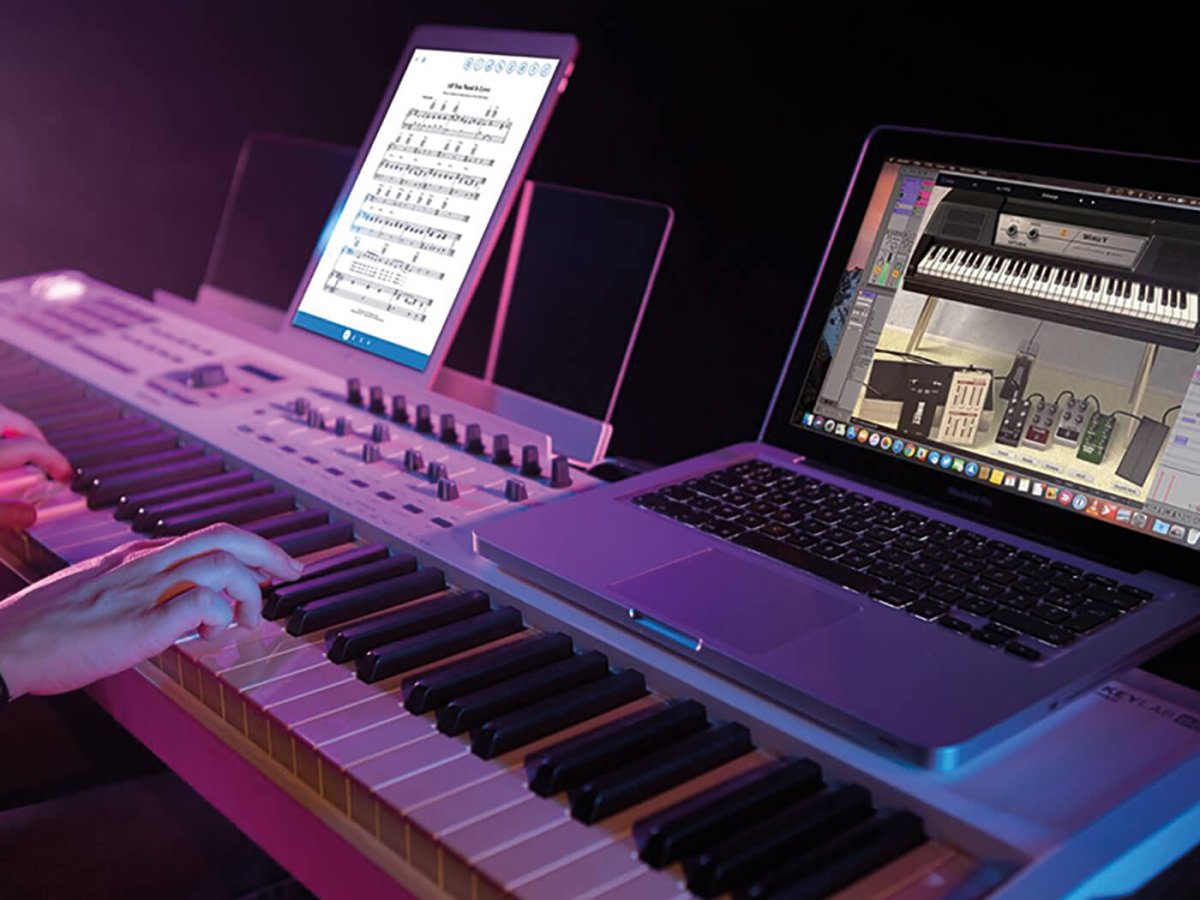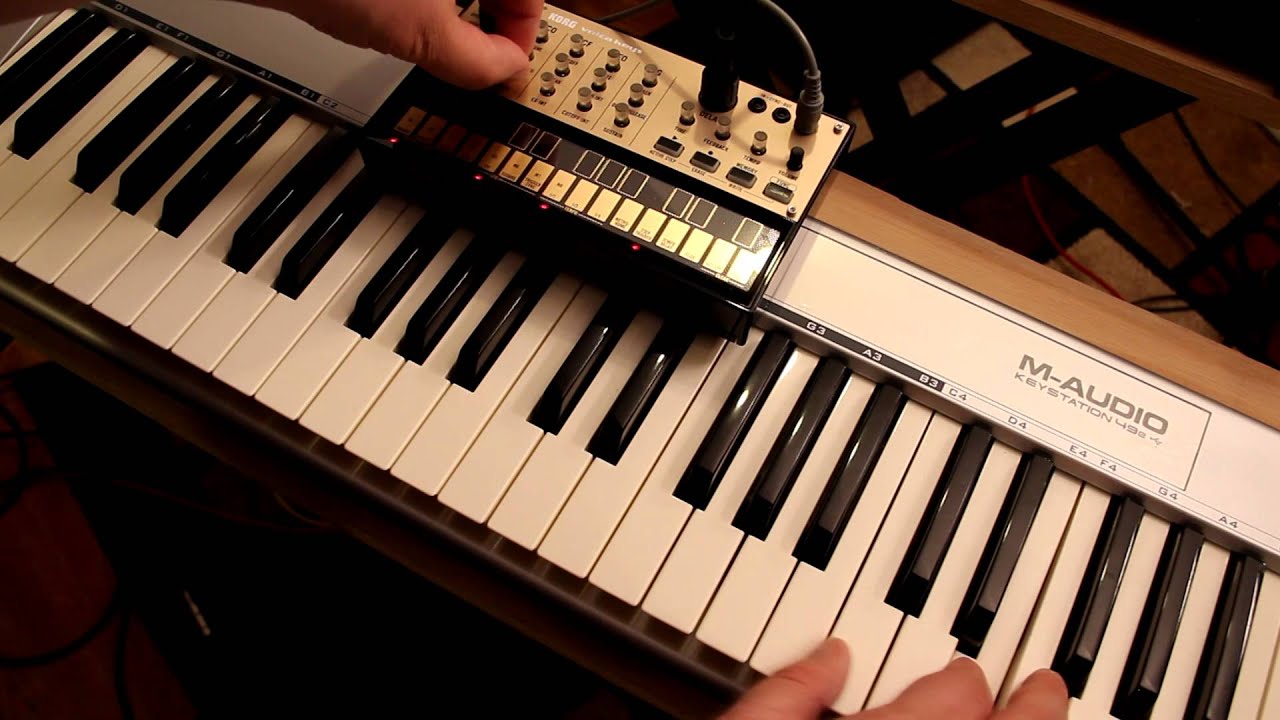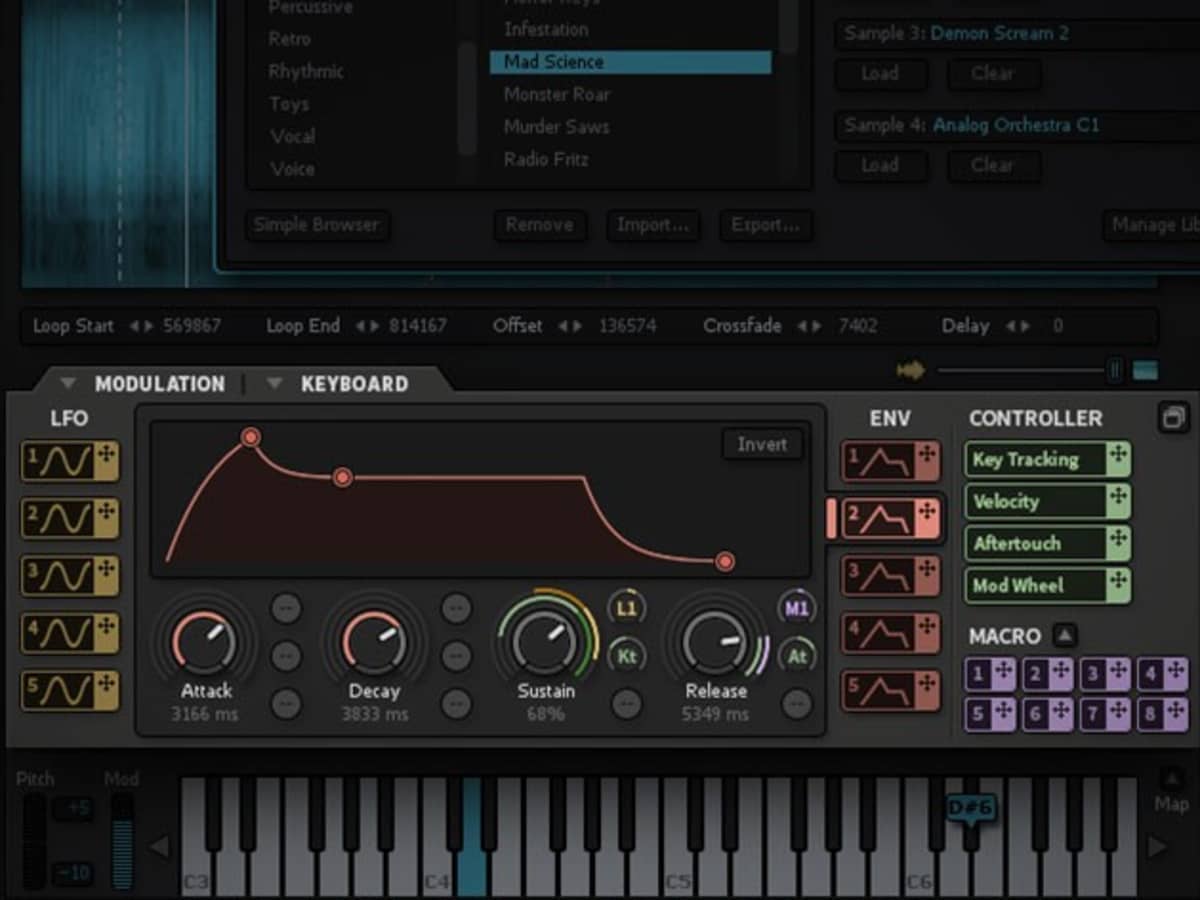Introduction
Are you ready to unlock the full potential of your music production setup? Incorporating a MIDI keyboard into your Bitwig Studio workflow can revolutionize the way you compose, record, and manipulate musical ideas. By seamlessly integrating your MIDI keyboard with Bitwig, you can harness the power of tactile control and expressiveness, elevating your creative process to new heights.
Whether you're a seasoned producer or just beginning your musical journey, understanding how to effectively use a MIDI keyboard with Bitwig is essential. This comprehensive guide will walk you through the steps to set up your MIDI keyboard, assign controls to Bitwig functions, and leverage its capabilities to record and edit MIDI notes with precision and fluidity.
With the seamless integration of a MIDI keyboard, Bitwig empowers you to translate your musical thoughts directly into your DAW, fostering a more intuitive and immersive music-making experience. Let's delve into the intricacies of incorporating a MIDI keyboard into your Bitwig workflow and discover how this dynamic combination can amplify your creativity and streamline your production process.
Setting Up Your MIDI Keyboard in Bitwig
Before you embark on your musical journey with Bitwig Studio and your MIDI keyboard, it’s crucial to ensure that the hardware and software are seamlessly connected. The initial setup process sets the foundation for a smooth and productive music production experience.
First and foremost, connect your MIDI keyboard to your computer using a USB cable or MIDI interface, depending on the connectivity options available. Once connected, launch Bitwig Studio and navigate to the Preferences menu. Under the MIDI tab, select your MIDI keyboard from the list of available input devices. This establishes the communication link between your MIDI keyboard and Bitwig, enabling them to exchange musical data effortlessly.
Next, verify that your MIDI keyboard is recognized by Bitwig Studio. To do this, access the Dashboard view in Bitwig and observe the MIDI activity when you interact with the keys, knobs, and faders on your MIDI keyboard. This real-time feedback confirms that Bitwig is successfully receiving input from your MIDI controller, laying the groundwork for a responsive and interactive music production environment.
Furthermore, take advantage of Bitwig’s flexible MIDI mapping capabilities to customize the behavior of your MIDI keyboard within the software. By accessing the Controller API in Bitwig Studio, you can define how various parameters and functions within Bitwig respond to the input from your MIDI keyboard. This level of customization empowers you to tailor the behavior of your MIDI keyboard to align with your unique workflow and creative preferences.
As you familiarize yourself with the process of setting up your MIDI keyboard in Bitwig, remember to consult the user manual and online resources specific to your MIDI keyboard model. Understanding the intricacies of your MIDI controller and its compatibility with Bitwig Studio will enhance your ability to leverage its full potential, opening up a world of creative possibilities.
Assigning MIDI Controls to Bitwig Functions
Once your MIDI keyboard is seamlessly integrated with Bitwig Studio, the next step involves assigning MIDI controls to Bitwig’s myriad functions, providing you with tactile command over essential parameters and features. This process enables you to manipulate Bitwig’s instruments, effects, and mixing tools directly from your MIDI keyboard, fostering a more intuitive and expressive music-making experience.
Begin by accessing Bitwig’s Controller API to map the controls of your MIDI keyboard to specific functions within the software. This intuitive mapping interface allows you to define the relationship between physical controls on your MIDI keyboard, such as knobs, sliders, and buttons, and the corresponding parameters in Bitwig Studio. Through this mapping process, you can establish a direct and dynamic connection between your MIDI keyboard and Bitwig’s extensive array of instruments and effects.
Furthermore, Bitwig’s modular approach to MIDI control mapping empowers you to create custom control mappings tailored to your specific workflow and creative preferences. Whether you prefer to assign macro controls to your MIDI keyboard for real-time performance or map individual parameters to facilitate intricate sound design, Bitwig’s versatile MIDI control assignment capabilities accommodate a wide range of musical applications.
As you delve into the process of assigning MIDI controls to Bitwig functions, take advantage of Bitwig’s visual feedback features to streamline the mapping process. The visual representation of parameter movements within Bitwig Studio provides real-time confirmation of the MIDI control assignments, ensuring accuracy and precision in defining the interaction between your MIDI keyboard and Bitwig’s diverse array of musical tools.
By harnessing the power of MIDI control assignment in Bitwig Studio, you can seamlessly integrate your MIDI keyboard into your music production workflow, unlocking new avenues for creativity and expression. The ability to manipulate Bitwig’s functions directly from your MIDI keyboard empowers you to infuse your music with a personalized touch, blurring the lines between physical interaction and digital creativity.
Using the MIDI Keyboard to Record and Edit MIDI Notes
One of the most compelling aspects of integrating a MIDI keyboard into your Bitwig Studio workflow is the ability to fluidly record and edit MIDI notes, capturing your musical ideas with precision and spontaneity. By leveraging the tactile interface of your MIDI keyboard, you can seamlessly translate your musical thoughts into Bitwig, fostering a seamless and expressive composition process.
When it comes to recording MIDI notes, Bitwig’s intuitive interface simplifies the process of capturing performances directly from your MIDI keyboard. With Bitwig’s multi-track recording capabilities, you can effortlessly record MIDI input from your keyboard onto individual tracks, allowing for the simultaneous capture of diverse musical elements. This seamless integration of your MIDI keyboard with Bitwig’s recording functionality empowers you to lay down musical ideas with ease and efficiency.
Furthermore, Bitwig’s comprehensive MIDI editing tools enable you to refine and manipulate recorded MIDI notes with unparalleled flexibility. By accessing Bitwig’s piano roll editor, you can fine-tune the timing, pitch, and velocity of MIDI notes, sculpting your performances with meticulous detail. The seamless integration of your MIDI keyboard with Bitwig’s editing features provides a tactile and intuitive platform for shaping and refining your musical compositions.
Additionally, Bitwig’s dynamic MIDI editing capabilities extend beyond traditional note manipulation, offering innovative features such as micro-pitch editing and expressive note articulation. These advanced tools empower you to imbue your MIDI performances with nuanced expression, blurring the boundaries between physical performance and digital editing. By leveraging the interactive nature of your MIDI keyboard, you can infuse your compositions with a human touch, enhancing the emotive quality of your music.
As you immerse yourself in the process of using your MIDI keyboard to record and edit MIDI notes in Bitwig, embrace the seamless synergy between physical expression and digital manipulation. The integration of your MIDI keyboard with Bitwig’s recording and editing features transcends traditional workflows, offering a dynamic and immersive platform for capturing and refining your musical ideas with unparalleled depth and creativity.
Conclusion
Embarking on the journey of integrating a MIDI keyboard with Bitwig Studio unveils a world of creative possibilities, empowering you to craft music with unprecedented fluidity and expression. The seamless connection between your MIDI keyboard and Bitwig’s versatile platform fosters a dynamic synergy, blurring the boundaries between physical interaction and digital creativity.
By mastering the setup process and customizing MIDI control assignments, you can harness the full potential of your MIDI keyboard, transforming it into a tactile extension of your musical vision within Bitwig Studio. The ability to map MIDI controls to Bitwig’s diverse array of functions offers a personalized and intuitive approach to music production, enhancing your creative workflow and performance capabilities.
Furthermore, the integration of a MIDI keyboard with Bitwig’s recording and editing features provides a fluid and expressive platform for capturing and refining musical ideas. The seamless translation of physical performance into digital composition imbues your music with a human touch, elevating the emotive quality of your compositions and enabling you to sculpt nuanced expressions with precision and depth.
As you continue to explore the boundless potential of incorporating a MIDI keyboard into your Bitwig Studio workflow, embrace the fusion of tactile control, expressive performance, and innovative editing capabilities. The synergy between your MIDI keyboard and Bitwig Studio transcends traditional music production paradigms, offering a dynamic and immersive platform for realizing your creative vision with unparalleled depth and artistry.
In essence, the integration of a MIDI keyboard with Bitwig Studio transcends the realm of mere technical connectivity, evolving into a harmonious fusion of physical expression and digital innovation. This transformative union empowers you to embark on a musical journey where creativity knows no bounds, and the seamless interaction between your MIDI keyboard and Bitwig Studio becomes a conduit for boundless inspiration and artistic exploration.







